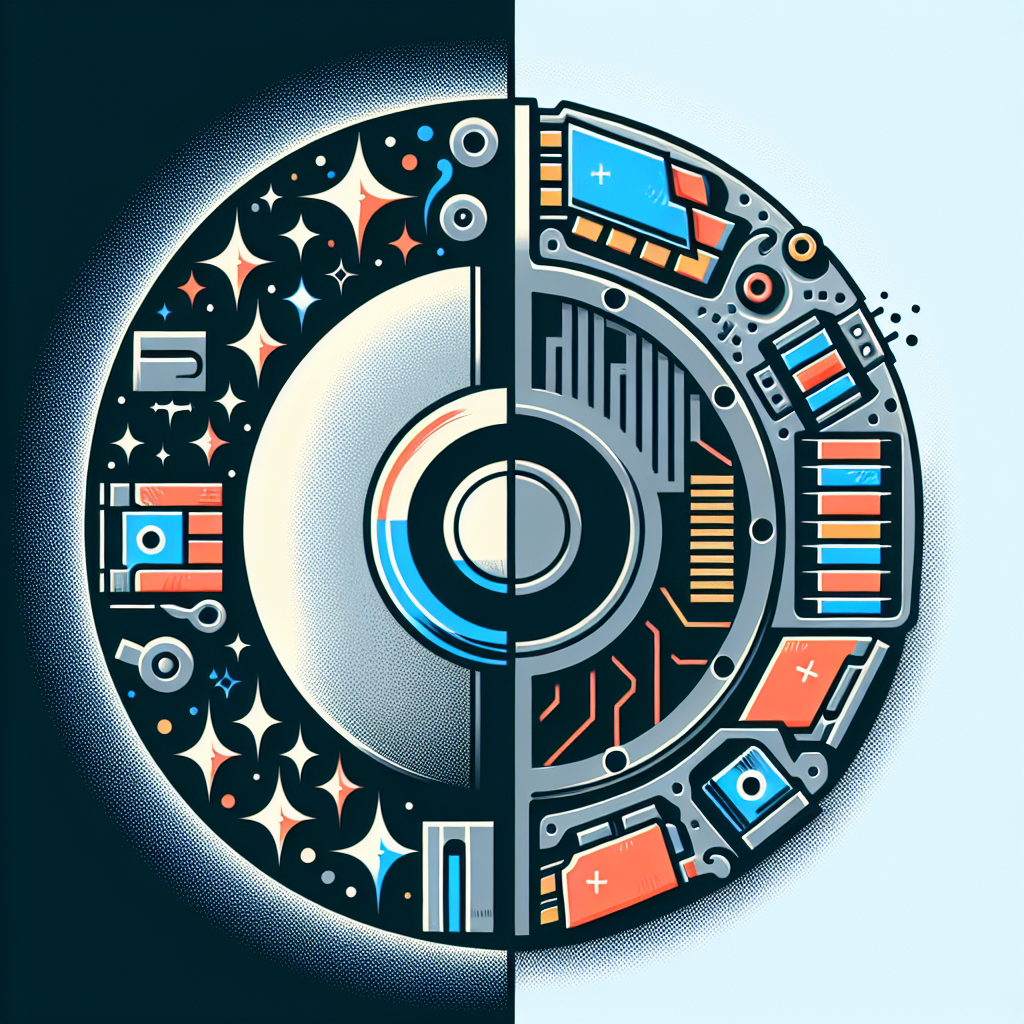Your cart is currently empty!
Advantages and Disadvantages of SATA Technology

SATA, or Serial Advanced Technology Attachment, is a type of computer interface used for connecting storage devices such as hard drives and solid-state drives to a computer’s motherboard. SATA has become the standard interface for most consumer-grade storage devices due to its speed and reliability. However, like any technology, SATA has its advantages and disadvantages.
Advantages of SATA Technology:
1. Speed: SATA technology offers fast data transfer speeds, with the latest SATA 3.0 standard supporting speeds of up to 6 gigabits per second (Gbps). This allows for quick access to files and applications, improving overall system performance.
2. Compatibility: SATA is widely supported by most modern computers and motherboards, making it easy to install and use SATA storage devices. It is also backward compatible, meaning older SATA devices can be used with newer SATA interfaces.
3. Cost-effective: SATA storage devices are generally more affordable compared to other interfaces such as SCSI or SAS. This makes it a popular choice for consumers looking for cost-effective storage solutions.
4. Hot-swappable: SATA devices are hot-swappable, meaning they can be connected or disconnected from a system without having to power it down. This makes it easier to upgrade or replace storage devices without interrupting the system’s operation.
Disadvantages of SATA Technology:
1. Limited bandwidth: While SATA offers fast data transfer speeds, it has limited bandwidth compared to other interfaces such as PCIe. This can be a bottleneck for high-performance storage devices that require greater bandwidth for optimal performance.
2. Cable length limitations: SATA cables have a maximum length of 1 meter, which can limit the placement of storage devices within a system. This can be a drawback for systems that require longer cable lengths for optimal cable management.
3. Limited scalability: SATA interfaces are limited in the number of devices that can be connected to a single controller. This can be a limitation for systems that require a large number of storage devices or need to expand storage capacity in the future.
4. Not ideal for high-performance applications: While SATA is suitable for most consumer-grade applications, it may not be the best choice for high-performance computing or server applications that require faster data transfer speeds and greater bandwidth.
In conclusion, SATA technology offers several advantages such as speed, compatibility, and cost-effectiveness. However, it also has limitations such as limited bandwidth, cable length restrictions, and scalability issues. It is important for users to consider their specific needs and requirements when choosing SATA technology for their storage solutions.

Leave a Reply